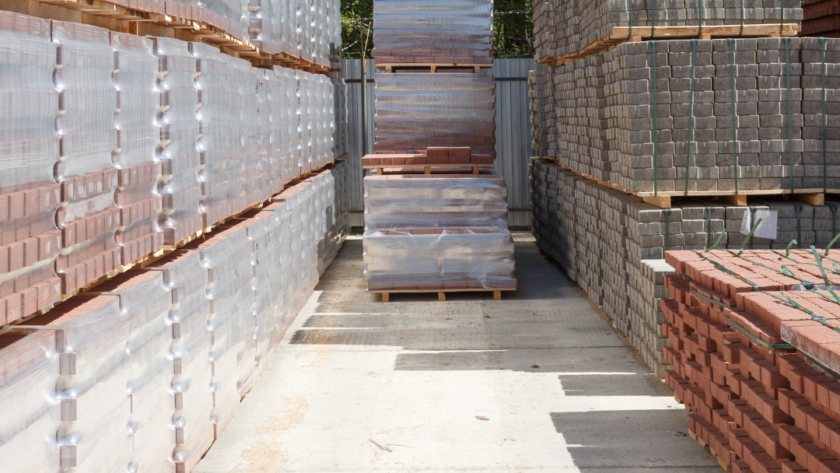When we renovate or construct a house, it is common to have leftover materials afterward. Of course, you can only buy the material as per estimation, and there is a fair chance of having some of that remaining after installation. When refreshing or replacing the roof using metal roofers, there will always be a bit of leftover material that you need to store or dispose of safely.
So, here the question arises how can you store that leftover material? Worry not; we will discuss how to store your roof materials safely so that you can utilize that later.
Points To Consider
Before you go to install or renovate a roof, pay attention to these factors from this roofing website;
- A roofing installation is an expensive investment, so hire someone experienced and professional.
- Installing a roof in good weather can ensure a long-lasting roof. If severe winds damage your roof in the winter, it’s usually advisable to repair it and wait until the weather warms up before beginning a complete installation.
- It would not be a good idea to hire a careless work crew that is careless with storage standards.
- When the construction crew is unloading items, keep an eye on them to ensure they handle the material properly.
- If the weather is inclement, such as in the fall, ensure it comes at least above 40 degrees before allowing the team to start the installation.
These are the points that can help provide a durable and long-lasting roof.
How To Store Your Roof Materials Safely?
However, once the installation is done and you have leftover materials, you can store them easily following some practices discussed below.
1. Ensure To Handle Materials Carefully During Installation
Improper storage and handling of roofing materials at the building supplier or job site can shorten the life of materials. Also, early roof deterioration and the need for costly repairs can cause by water absorption in exposed roofing materials.
Exposure to high temperatures, cold temperatures, and inappropriate handling can be significant reasons to decrease the life of the roofing. Pay keen attention to the weather and other factors to handling materials, so make sure to store the leftover materials that are not exposed to open air.
2. Strictly Follow The Storage Directions
If you’ve hired someone to put a roof on your house, ensure the contractor stores materials according to your directions. You must keep the bundles of materials in a well-ventilated, covered area where temperatures do not exceed 110 degrees. Also, the best way to store rolled roofing is away from the ground on its end.
Once the installation has been done and you have some of the shingles left, keep them dry and not wrapped in plastic or shrink wrap. It prevents condensation from forming and wetting the product, which could cause harm. Moreover, it is best to cover the materials with a canvas tarp to ensure long-lastingness.
3. Read The Installing Instructions Carefully
Every shingle comes with installation instructions that detail the temperature range, nail position, number of nails per shingle, and nail depth. If the contractor does not provide you with a copy, you can get one from your local lumberyard. Shingle businesses’ engineers set these rules, so it’s best to follow them.
Never allow a contractor to begin work if the weather forecast is uncertain about storing your roofing materials for upcoming years.
4. Store Materials Where That Won’t Catch Moisture
Even though roofing materials are designed to survive rain, they will deteriorate if exposed to Moisture in storage. Always keep them off the ground wherever you store them. This practice will keep them dry and help with air circulation around the shingles.
Also, you must cover them with a waterproof tarp if they are stored outside for an extended period. Material can also deteriorate if stored in a humid garage or basement. Moreover, you can reduce the humidity in these locations by using a dehumidifier.
5. Arrange The Leftover Materials Carefully
If you need to store many bundles in your garage, don’t stack them on top of the other. Instead, you need to make room for them to spread out when numerous shingle bundles stack on top of each other. Since the piles near the bottom degrade faster, if you keep two or three bundles high for a long time, rotate the shingles by moving the bottom bundle to the top and the top pile to the bottom.
Conclusion
You need high-quality materials to construct a superior roof, and you must handle the materials properly. If you preserve them properly, no damage can occur even with time. We have shared the best practices that can help you to keep the leftover materials safe for many years. Hopefully, you will find it helpful.



